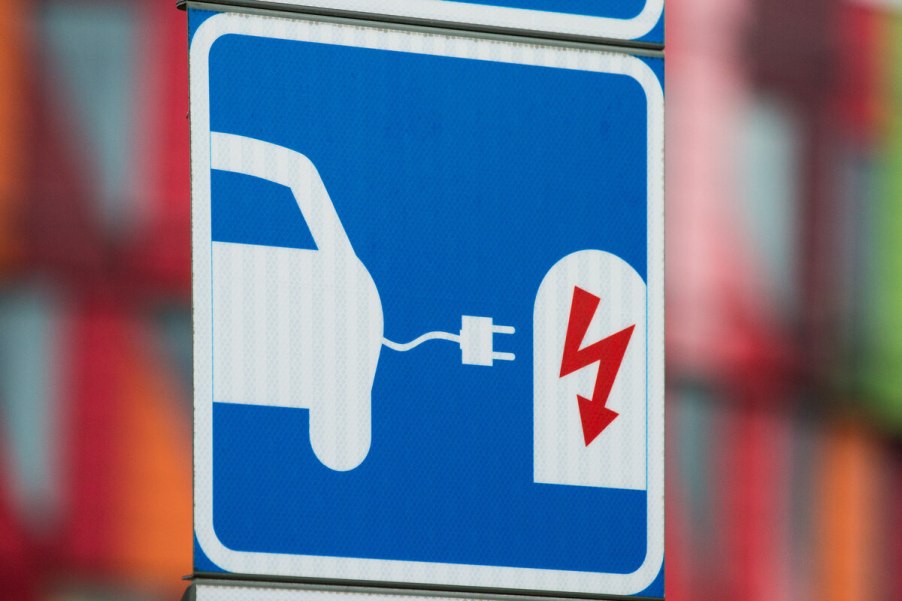
Public EV Chargers Face a Big Problem: A Lot of Them Don’t Work
Electric vehicle drivers without home chargers or on longer trips rely on public EV charging stations. The relationship is similar to that between traditional car owners and gas stations. But imagine if nearly half the gas pumps you tried were broken. Though availability remains a problem, the situation would improve if the existing public EV chargers worked.
We don’t just need more public EV charging stations; we need more stations that work

Joanna Stern of the Wall Street Journal recently drove around Los Angeles County, California, testing public non-Tesla EV charging stations. For the test, Stern used a Rivian R1T with a standard CCS charge port common at most public DC fast-charging stations.
The simple testing procedure involved pulling up to a public DC fast charger and attempting to refuel the Rivian pickup truck. She found that of the 30 public charging stations she visited, 40% didn’t work for one reason or another.
What are some common problems with public charging stations?

During testing, Stern inspected 126 stalls at 30 public EV charging stations. Twenty-seven percent of the stalls had “Out of Order” signs. As inconvenient as finding non-functioning stalls is, it’s less hassle than the other two most common problems.
Nearly 10% of the stalls Stern attempted to use had payment issues. Credit card reader errors caused most of these problems. And at least one station suggested cash payment with no provision to accept cash. However, Stern notes that using the charge station provider’s mobile app for payment solved many payment issues, improving the experience.
Stern’s most significant source of frustration stems from the failed “handshake.” The handshake, or connection between the EV and charger, requires the computers from each source to speak the same language. Once connected via the charge cord, the EV signals the charger with its current charge state and acceptable voltage input. The charger responds by supplying the correct voltage and monitoring the EV’s state of charge.
Often, a failed handshake results in onscreen prompts suggesting ways to troubleshoot the problem. It’s frustrating because the process could take several minutes to find that a particular charge stall is out of order. This malfunction makes moving to another stall or station the only solution.
How can we build more reliable EV chargers?
As EVs become more prevalent in America, hardware and software become more uniform and standardized. Standardization helps alleviate those handshake and payment issues Stern experienced. Ultimately, building more reliable public EV chargers requires money and time.
In September, the Biden administration released up to $100 million in federal funds to maintain existing EV charging stations. In addition, another $5 billion is earmarked to create “a national network” of EV chargers. However, this network will support the interstate highway system, which covers 46,876 miles, the Federal Highway Administration says.
The Bureau of Transportation Statistics reports that EVs made up only 3.2% of all light passenger vehicles in 2021. The struggle of finding working charging stalls is a growing pain that will improve as popularity increases. As standardized public EV chargers deploy nationwide, finding an operating charging stall will be as simple as filling a tank with gasoline.






